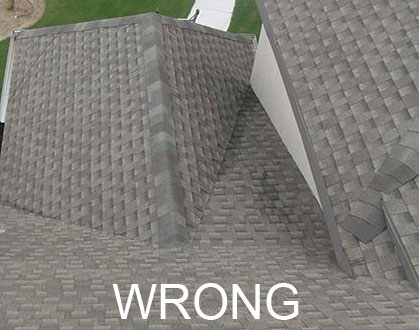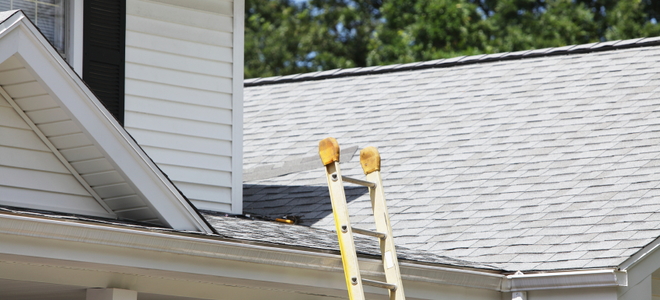His technique begins with the careful removal of old shingle the placement of a waterproof membrane and the installation of valley flashing followed by the replacement of the roof shingles.
How to waterproof roof valley.
Trim the shingles to these lines and cut a 5 cm triangle off the top corner to direct the water into the valley.
Nail the shingles 5 cm back from the chalk line.
To waterproof it use roofing tar along the edges.
Secure it with roofing nails.
Hazlett s process involves using specialized tools such as a utility knife fitted with a hook blade a roofer s pry bar and a metal seamer.
Step 2 remove the shingles.
Now roll out the roofing material and make it 18 inches wide from the center of the valley.
A properly flashed roof valley should have an ice and water shield installed with roofing felt being properly secured over the ice and water.
Snap two chalk lines from the ridge to the eaves 8 cm apart increasing in width by 1 cm per meter towards the eaves.
In order to lay the flashing the shingles on the roof will have to be removed.
Roll it down and then secure it with roofing nails.
If the ice and water shield is missing then you will have to remove the shingles on both sides along the valley put ice and water shield in place and re shingle the roof.
Once the roof valley has begun to leak you will need to cover the valley with flashing in order to prevent a repeat of the problem.




























